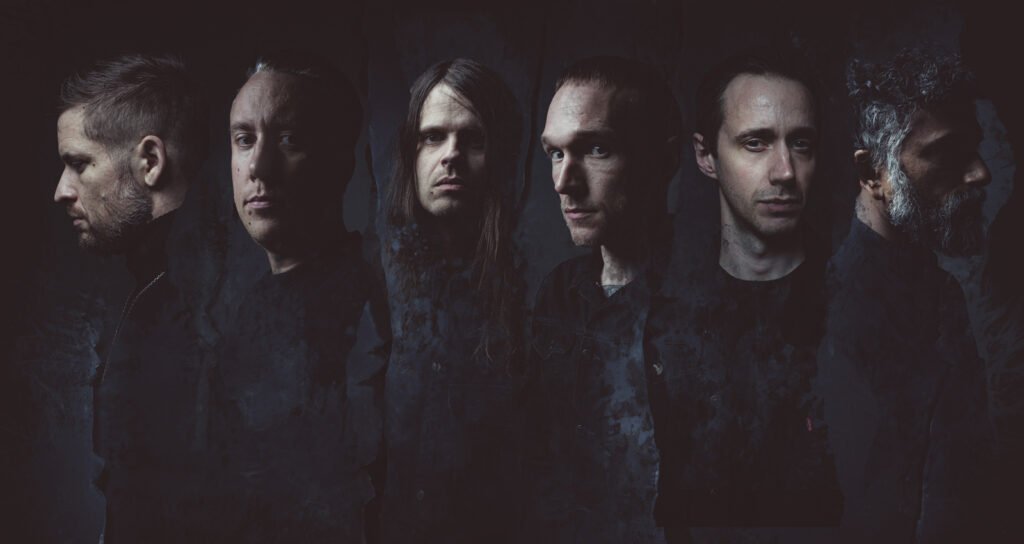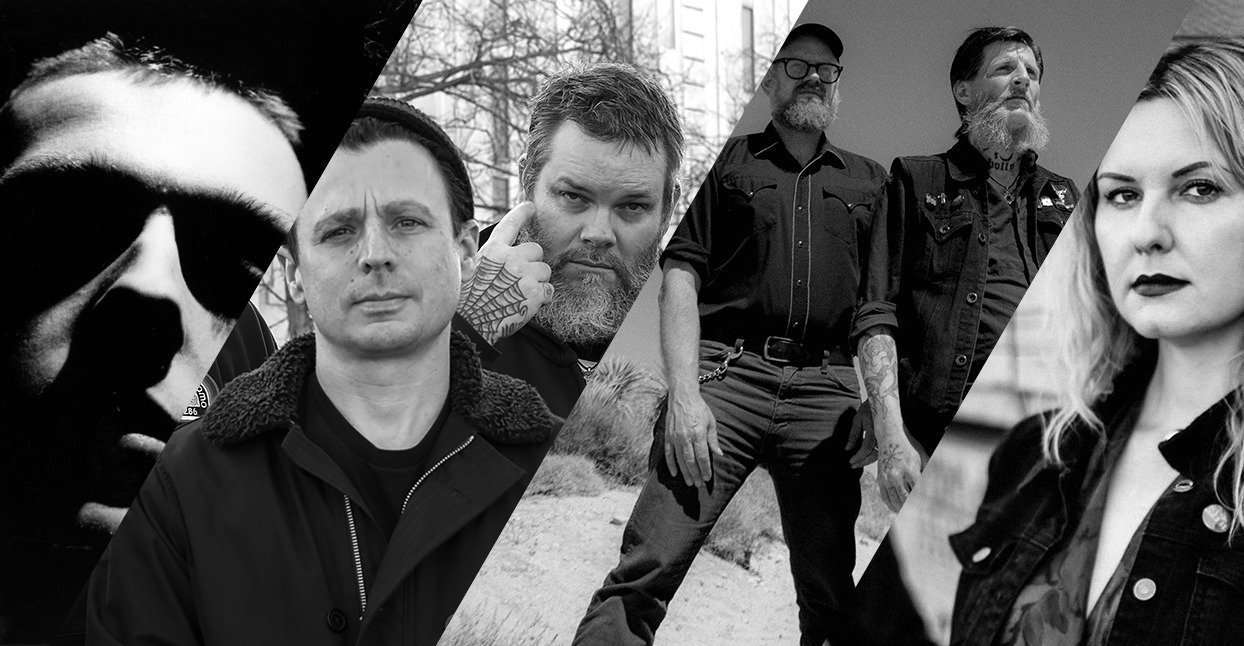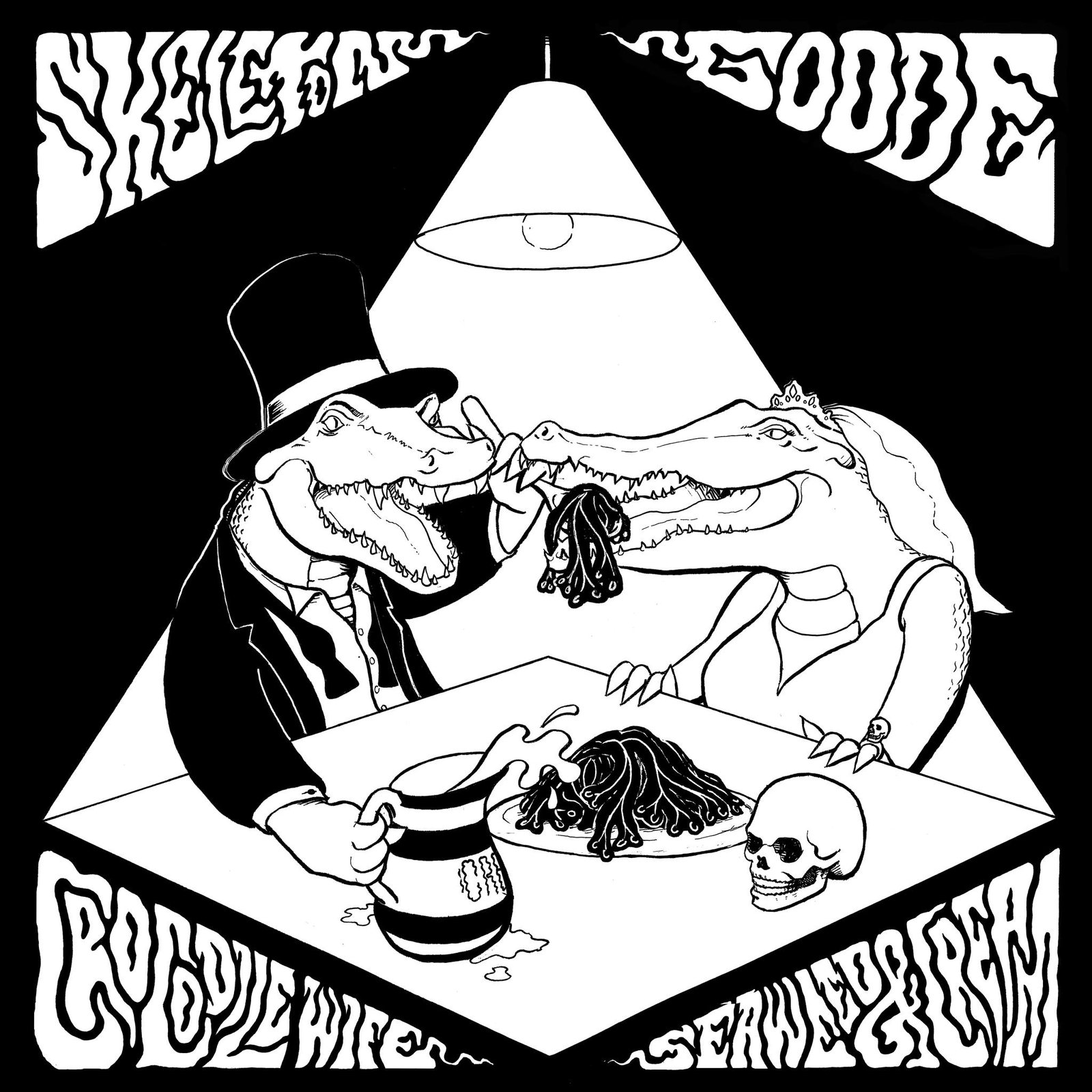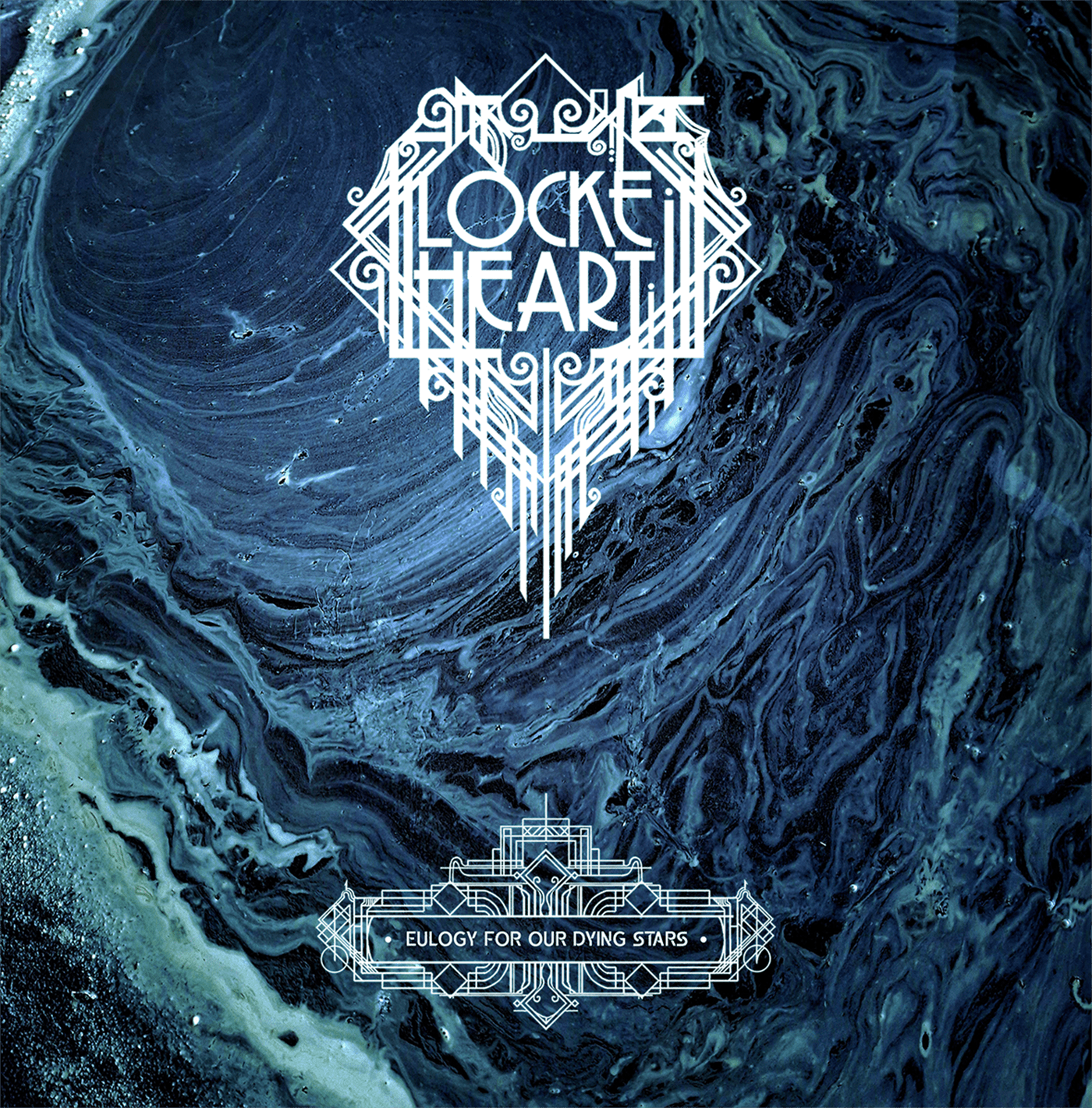Defining Post-Metal
While rooted in metal, it often transcends traditional genre constraints, favoring expansive compositions, atmospheric textures, and a focus on mood and dynamics over standard riff-driven structures.
Emerging in the late 1990s and early 2000s, post-metal was shaped by bands who sought to push beyond the aggression and speed of traditional metal, incorporating elements of ambient music, progressive composition, and intricate layering. The result was something heavier than post-rock yet more cinematic and expansive than standard metal.
To understand how post-metal came to be, we have to look at the bands that paved the way and the key influences that shaped its sound.
The Foundations of Post-Metal
Before post-metal was an established term, various bands in the 1980s and early 1990s were already experimenting with a sound that would later be recognized as essential to the genre. The fusion of sludge metal, doom, and industrial set the stage for what was to come.
Neurosis
One of the most crucial precursors to post-metal, Neurosis formed in Oakland, California, in 1985. Originally a hardcore punk band, they quickly evolved into something darker, heavier, and more experimental. By the early 1990s, they began incorporating slow-building structures, tribal drumming, haunting atmospheres, and ambient interludes, elements that would define post-metal years later.
Their album “Through Silver in Blood” (1996) was a turning point, combining oppressive heaviness with unsettling soundscapes and cinematic layering. This record, along with “Times of Grace” (1999), solidified their reputation as pioneers of atmospheric sludge metal, a direct precursor to post-metal.
Neurosis’ influence on the genre is impossible to overstate. Many post-metal bands cite them as a major inspiration, particularly their use of slow builds, layered textures, and apocalyptic intensity.

Godflesh
On the other side of the Atlantic, Godflesh was another vital influence on post-metal. Formed in 1988 by Justin Broadrick and G.C. Green, the band took inspiration from industrial music, doom metal, and noise rock.
Their debut album, “Streetcleaner” (1989), fused metallic heaviness with mechanical repetition and bleak, dystopian soundscapes. While Godflesh was more rhythmically rigid than later post-metal bands, their use of atmosphere, repetition, and sheer sonic weight would prove crucial to the genre’s development.
Godflesh’s impact can be heard in bands like ISIS, Pelican, and Cult of Luna, who took their mechanical heaviness and expanded it into more organic, evolving compositions.

The True Birth of Post-Metal: The Late 1990s and Early 2000s
While Neurosis and Godflesh laid the groundwork, post-metal as a recognizable genre truly took shape in the late 1990s and early 2000s. Bands in the U.S. and Europe began embracing long-form song structures, textural layering, and emotionally intense compositions that rejected traditional metal tropes.
ISIS
If one band can be credited with defining post-metal, it is ISIS. Formed in 1997 in Boston, they took the atmospheric sludge foundation of Neurosis and expanded it into something more dynamic, cinematic, and emotionally evocative.
Their debut album, “Celestial” (2000), was heavily influenced by Neurosis and Godflesh, but it was with “Oceanic” (2002) that they truly defined their sound. Instead of relying on constant heaviness, they introduced quiet passages, ambient interludes, and gradual builds that exploded into crushing climaxes.
With “Panopticon” (2004), they refined the formula further, creating one of the most influential albums in the genre. Their use of repetitive, hypnotic structures, clean and harsh vocal interplay, and vast, atmospheric compositions became a template for countless bands to follow.
ISIS disbanded in 2010, but their influence remains unparalleled in the post-metal world. Most of the members continued working in similar genre through bands such as Sumac, Palms, Old Man Gloom. It’s important to mention one of the founding members of the band Aaron Turner was also one of the driving forces behind Hydra Head Records, a major label in the post-metal scene of the time.
Pelican
Another early pioneer of post-metal, Pelican, took a different approach. Formed in Chicago in 2001, they were one of the first bands to fully embrace an instrumental format, removing vocals entirely to focus on texture, mood, and dynamics.
Their debut EP (2003) and “Australasia” (2003) were key moments in the genre’s rise, blending post-rock sensibilities with metal’s heaviness. Unlike ISIS or Neurosis, Pelican leaned more toward the melodic and uplifting, bringing in influences from post-rock giants like Mogwai and Explosions in the Sky.
Their sound evolved over time, incorporating progressive elements and shifting between heavier and more atmospheric compositions. Their continued presence in the genre helped solidify instrumental post-metal as a major movement.
Cult of Luna
While much of post-metal originated in the U.S., Sweden’s Cult of Luna was one of the first major European bands to embrace and expand the style. Formed in 1998, they took inspiration from Neurosis and sludge metal, but added a distinct European post-rock and progressive metal influence.
Their self-titled debut (2001) established them as a force in the genre, but it was “The Beyond” (2003) and “Salvation” (2004) that cemented their reputation. Cult of Luna’s music is often cinematic in scope, with layered guitar work, complex structures, and atmospheric textures that set them apart.
They remain one of the most important bands in the post-metal landscape, continuing to evolve their sound and push boundaries.

The Genre Expands
By the mid-to-late 2000s, post-metal had established itself as a distinct genre, with numerous bands expanding its possibilities.
- Russian Circles: Another key instrumental post-metal band, blending progressive elements and intricate guitar work.
- The Ocean: A mix of progressive metal, sludge, and post-metal, known for their conceptual albums and orchestral layering.
- Rosetta: A band that fuses post-metal with space rock and ambient elements, often compared to a heavier Godspeed You! Black Emperor.
- Year of No Light: A heavier, doom-laden take on post-metal, incorporating elements of drone and shoegaze.
The Continuing Evolution of Post-Metal
Post-metal continues to evolve and expand, with bands incorporating influences from black metal, shoegaze, ambient, and progressive rock. While the genre is often defined by its atmospheric and cinematic approach, it remains open-ended, allowing for constant reinvention.
Whether through the crushing intensity of Neurosis and Cult of Luna, the hypnotic soundscapes of ISIS and Russian Circles, or the progressive intricacy of The Ocean, post-metal remains one of the most dynamic and forward-thinking genres in heavy music.
With new bands constantly pushing the boundaries, the genre is far from stagnant—it’s still growing, reshaping itself, and, most importantly, continuing to challenge what metal can be.




